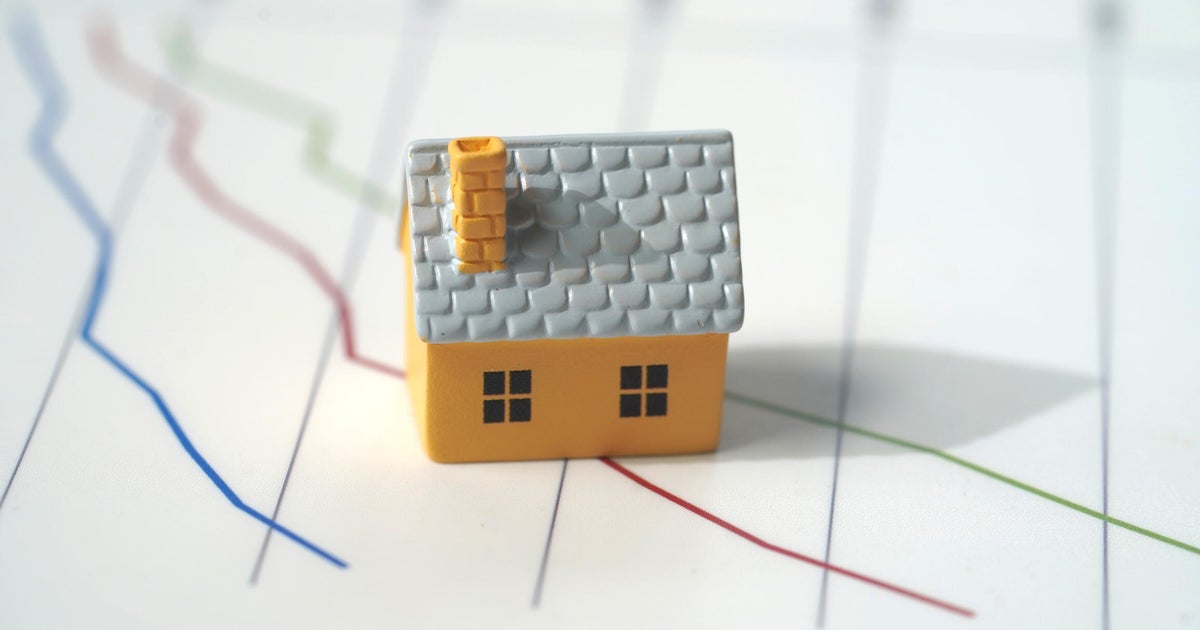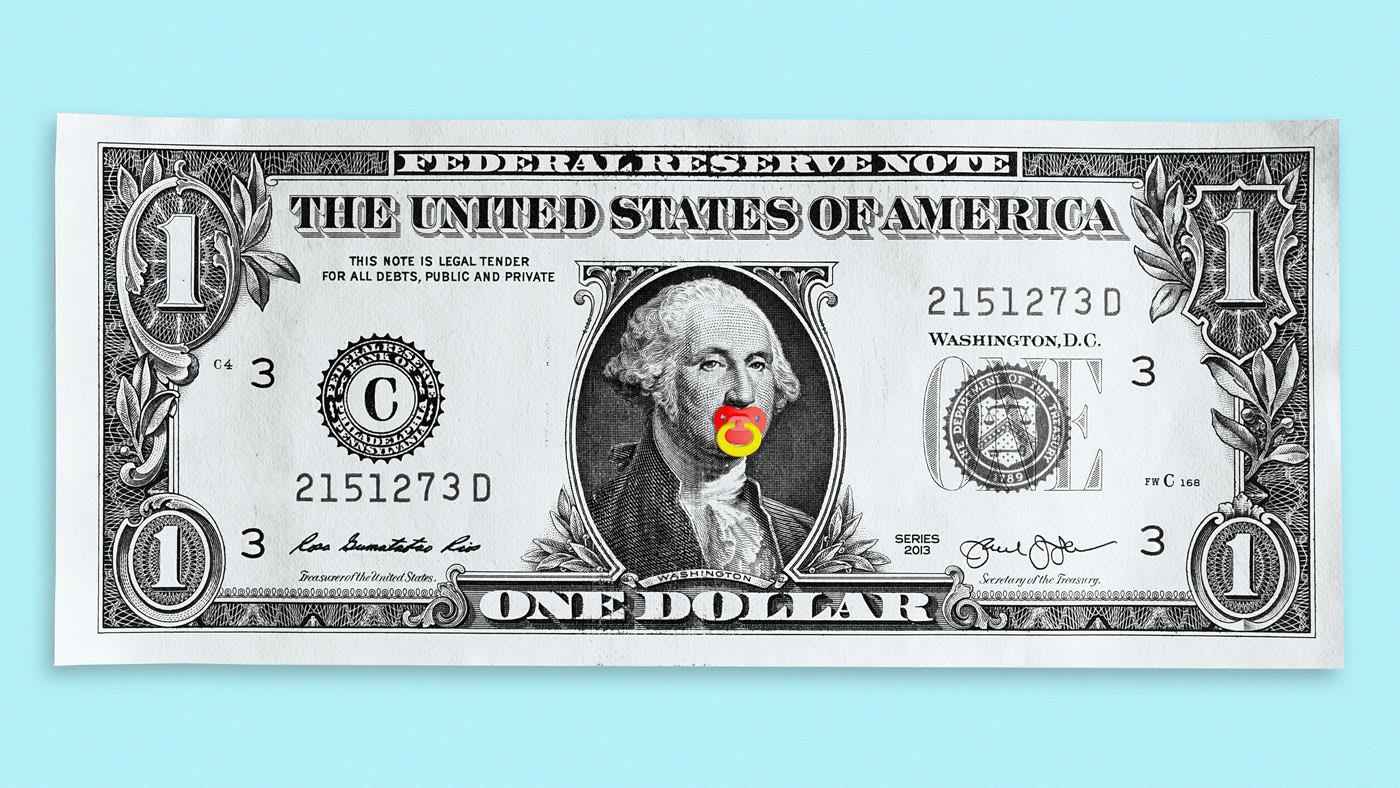Rising interest rates are near the danger zone
The Federal Reserve's latest meeting minutes caught Wall Street's attention this week. The result was a wild swing of nearly 500 points in the Dow Jones industrials, as an early rally based on the minutes was swept away by renewed concerns about rising interest rates.
The 10-year Treasury's climbing yield is getting serious as it now hovers near the 3-percent threshold (chart below) that many professionals have fingered as the danger zone as which point costlier credit will weigh on stock prices. That impact would be felt via everything from a pullback in corporate debt-funded share buybacks to diminished consumer financing and spending.
Credit Suisse analysts put the pain point slightly higher, at a 10-year Treasury yield of 3.5 percent. Surprisingly, they noted that stocks historically become less sensitive to rising rates as the pain point is neared. But once crossed, losses mount quickly.
The spin from traders concerning the Fed minutes evolved rapidly as they realized the initial dovish take was misguided, for a few reasons.
For one, the minutes said a majority of the Fed's rate-setting group saw stronger growth lifting chances of further rate hikes. Suddenly, the specter of four quarter-point rate hikes this year is rising. Goldman Sachs economist David Mericle raised the possibility of five hikes in 2018.
Also, the January Fed policy meeting came before the latest reports on employment, consumer prices and producer prices, which showed ongoing labor market tightening, wage growth and evidence that inflation is heating up. It also came before a very inflationary and stimulative budget deal in Congress that's expected to push the annual federal deficit past the $1 trillion threshold soon.
The market's next move might soon be down from here to test its recent lows (chart above) and pressure new Fed Chairman Jerome Powell -- who'll make his first appearance before Congress in his current role on Feb. 28 -- to walk back what looks like increasing hawkishness from the central bank.
If he doesn't, stock market losses will deepen as interest rates quicken their rise and bond price declines accelerate. The "Goldilocks" era of good growth, low rates, low inflation and an intractable rise in stock and bond prices is officially over.
We saw a hint of Fed officials being mindful to soothe market nerves when St. Louis Federal Reserve Bank President James Bullard told CNBC on Thursday he wasn't behind the view of four quarter-point rate hikes this year "unless everything goes perfect." He added that a cumulative rise of 1 percent in 2018 "seems like a lot to me."
His comments lifted U.S. equities on Thursday. And that's good, because a failed test of the S&P 500's 50-day moving average could result in a new bear market, according to Jason Goepfert at SentimenTrader. He finds that when stocks fail to hold this level after suffering a correction, they're down an average of 6.4 percent three months later. That pattern preceded the 1929, 2000 and 2008 bear markets.







